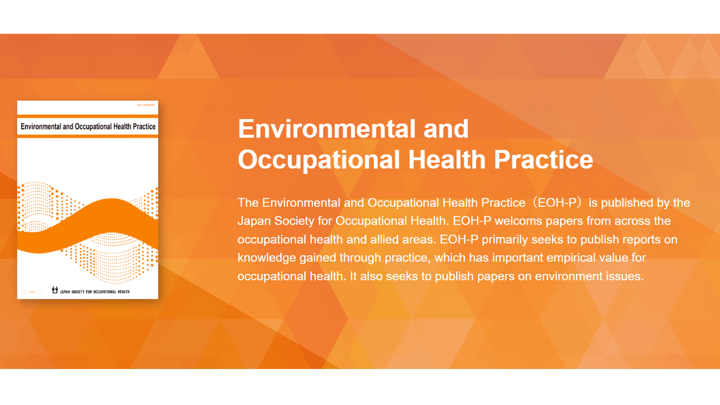#0008 Associations between welding fume exposure and neurological function in Japanese male welders and non-welders

Higher Blood Manganese Levels in Japanese Welders Related to Decline in Working Memory
Welding is a common technique used to fuse metal components in factories. The fumes produced during welding contain several metals that are toxic to human health. Most notable among these is manganese (Mn), a metal that is toxic to lung tissue and the nervous system. Welders who are routinely exposed to welding fumes may thus have higher levels of Mn in their bodies. Studies have revealed associations between long-term exposure to welding fumes and respiratory distress or reduced brain functioning. For the particular case of Mn exposure, past studies have reported a connection between chronic exposure to Mn and a higher risk of neurological dysfunction, such as Parkinson’s disease.
In this study, we examined how Mn exposure relates to the neurological behavior among Japanese welders. We recruited 94 male welders and 95 male non-welders from seven factories and collected their blood and urine samples to measure the Mn levels in them. Further, data on age, smoking and drinking habits, years of exposure to welding fumes, current respiratory symptoms, and neurological findings were obtained through a questionnaire survey. Finally, we performed neurological function tests on the participants for grip strength, finger tapping, and working memory, characterized by the Working Memory Index (WMI).
We found that the blood Mn levels positively correlated with a decline in working memory, characterized by low WMI scores for the high blood Mn concentration group. While this correlation was strongest among welders, a similar but weaker correlation was found among non-welders who worked in the same factories as the welders.
The study, thus, suggests that secondary exposure to welding fumes may occur to and increase the risk of cognitive decline among non-welders as well. In order to protect the health of workers working in welding factories, it is, therefore, necessary to pay attention to the health of not only welders but also non-welders working near welding sites.

Link to the original journal article:
https://onlinelibrary.wiley.com/doi/10.1002/1348-9585.12393
Title of this article:
Associations between welding fume exposure and neurological function in Japanese male welders and non-welders
Authors:
Mayumi Tsuji, Chihaya Koriyama, Yasuhiro Ishihara, Toyohi Isse, Tsunetoshi Ishizuka, Wataru Hasegawa, Motohide Goto, Rie Tanaka, Noriaki Kakiuchi, Hajime Hori, Kazuhiro Yatera, Naoki Kunugita, Megumi Yamamoto, Toshihide Sakuragi, Yoshiko Yasumura, Maori Kono, Mami Kuwamura, Kyoko Kitagawa, and Susumu Ueno




